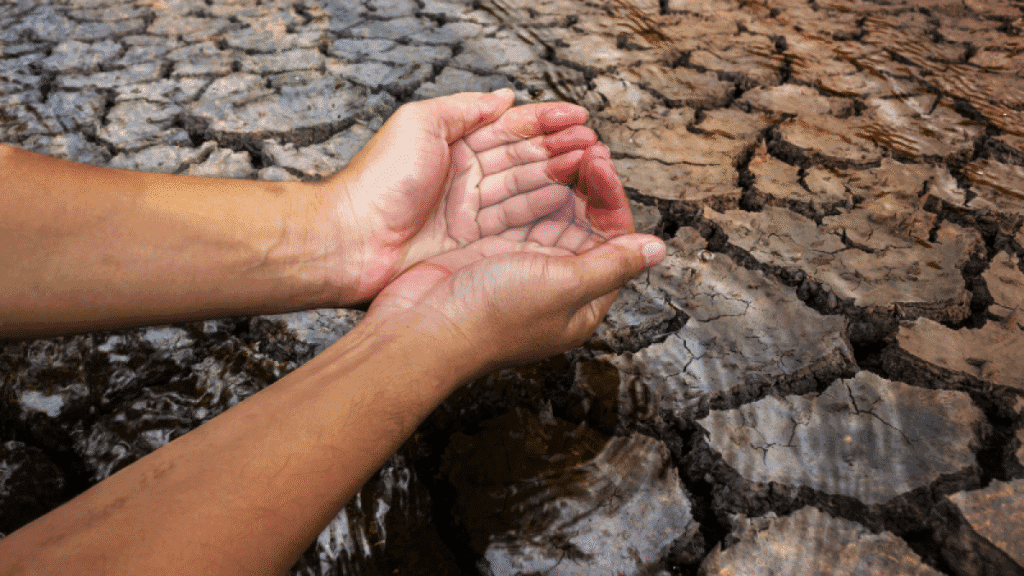Is Morocco dangerously approaching exhaustion of its vital resource? This is suggested by a striking strategic report published in June 2025 by the Moroccan Institute of Strategic Intelligence (IMIS). According to this think tank, the water crisis is no longer just environmental. It is becoming a threat to national sovereignty. To avoid it, an urgent change of course is necessary.
A structural crisis, not just climatic
IMIS sounds the alarm: the current crisis results as much from poor agricultural policies and fragmented governance as from climate disruption. The major agricultural strategies – the Green Morocco Plan and then Generation Green – have certainly modernized the sector, but at the cost of excessive pressure on aquifers and dams. Agriculture accounts for 86% of water withdrawals, and intensive crops have drained reserves: 35 to 40% of the water deficit is directly linked to these development choices.
Between 1960 and 2025, water availability per capita has been reduced by more than 4, from 2,600 to 600 m³/year. Morocco has officially crossed the threshold of severe water stress, with forecasts predicting absolute scarcity by 2035.
The myth of agricultural efficiency
Technical modernization has not curtailed consumption. The savings generated by drip irrigation have been offset by the continuous expansion of irrigated areas and the introduction of water-intensive crops, such as avocados and watermelons. The result: misleading efficiency gains, described as “illusionary” by the report.
A fragmented and overwhelmed governance
The proliferation of uncoordinated actors worsens the situation. The High Council of Water has not met since 2001, the hydraulic basin agencies are underfunded, control tools are lacking, and local authorities are kept at bay. Management remains vertical and compartmentalized, despite King Mohammed VI’s efforts to promote integrated management.
Worse still, water data is incomplete, scattered, and unreliable. IMIS mentions a “silent data crisis” that prevents any rigorous planning. This opacity hinders the assessment of the actual state of aquifers or the impact of implemented policies.
Multiple pressures on a declining resource
The crisis is multidimensional: decreasing rainfall, increasing evaporation, overexploitation of aquifers, pollution, urbanization, tourism, soil artificialization, and up to 38% losses in drinking water distribution networks.
All this in a context of territorial imbalance: two-thirds of the water is concentrated in 15% of the territory, leaving the South and Center in a critical situation. Even the large dams, which have a capacity of 20 billion m³, struggle to fulfill their role due to siltation. In 2024, only 25% of this capacity was actually mobilizable.
Ten measures to avoid running dry
In light of this situation, IMIS proposes ten strategic recommendations to regain water security:
- Reform governance through a National Council with real powers.
- Condition agricultural aid on certified water balances.
- Create an independent authority to regulate uses and set tariffs.
- Launch a national water data platform, reliable and interoperable.
- Triple the production of non-conventional water (desalination, reuse).
- Reduce urban leaks by half through smart networks.
- Structure a national HydroTech sector.
- Strengthen territorial governance with real basin committees.
- Embed sobriety in education, through school programs and campaigns.
- Mobilize green finance, anticipating upcoming European standards.


